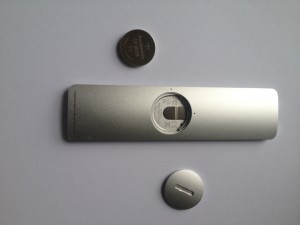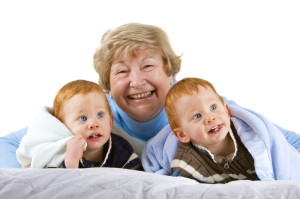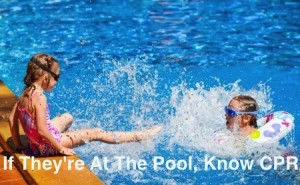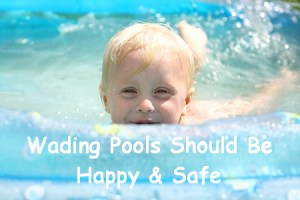Babies and Batteries Don’t Mix.
Got a thermometer? A digital camera? An entertainment remote? A battery-operated toy–or two or three or four? Nieces and nephews running around with newly holiday-gifted electronic games? That’s probable.
Size—of the Battery—Matters.
Be careful. Ingested button-type cell batteries, the kind used in all sorts of how-did-we-ever-live-without-these electronic gizmos, can cause life-threatening damage within 2 hours if they lodge in the esophagus. And lots of them do, in particular in children, and in particular batteries that are 20mm in size. That’s critical to know.
A battery’s size can be determined by the number etched onto it: for cell batteries, in the case of a 4 digit designation, the first 2 numbers will reflect the diameter. CR 20xx batteries, which are 20mm across, are in common use. If numbers are missing or you can’t make them out, compare the battery to a coin: if it’s larger than a penny and smaller than a nickel, it’s probably 20mm. According to an article in the International Journal of Pediatric Otorhinolaryngology 12.6% of children who ingested a 20mm battery had severe or fatal injuries. That’s a big number.
Keep the Current in the Gizmo, not the Baby.
The battery in your baby’s esophagus is a problem because it can rapidly burn surrounding tissue. Many of the newer lithium cell batteries are very powerful at 3 volts, which is great when they’re in a device, but terribly dangerous when that current is stuck in the baby. Smaller and larger button batteries can also be problematic, so anytime ingestion is suspected an immediate X-ray is imperative. Again, if the battery is lodged, it has to come out within 2 hours of going in. That’s fast.
Diagnosis is Difficult.
Perhaps most troublesome, the symptoms of battery ingestion are non-specific: vomiting, fever, lethargy, low appetite, trouble swallowing, cough, wheezing, irritability. The worst battery ingestion outcomes are from events that weren’t witnessed. Diagnosis is often delayed. Looks like the flu, acts like the flu, might be a lodged something, and possibly worst of all, might be a lodged battery. That’s scary.
You Can Avoid the Ingestion Risk.
And so you need to preclude any such risk. This isn’t complicated, but it can be tedious. First, figure out which of your household items are powered by a cell battery. In addition to what’s listed above, consider, for starters, key fobs, watches, kitchen scales, bathroom scales. If you have diabetes, look at your glucometer, and if you have a garage, check the remote door opener. Planning to use ‘safer’ flameless candles this year during the holidays? They’re likely powered by the exact size of lithium battery that could be the biggest risk. Hearing aid batteries often find their ways to noses and ears. That’s a lot of stuff.
Once you identify all of the items, ensure that they are always out of reach of your child and of visiting small folk. If the battery compartment doesn’t require a lot of experience, dexterity and specifically a tool to open, tape it closed with duct tape. In any case, keep it away from the baby, even under your supervision. That’s common sense.
Finally, identify a single, completely inaccessible location in which to store extras. That’s imperative.
Don’t Let Your Holiday Gatherings Be a 2-Sided Coin (Battery).
Make sure any family you’re visiting over the holidays–or at any time of the year, does the same thing. In general, the greater the number of kids around, the more likely that at any given point the littlest ones aren’t being closely supervised. To repeat: the worst battery-ingestion outcomes were from events that were not witnessed. T hat’s avoidable.
Finders Can’t Be Keepers if the Finder is a Child.
If you drop a battery, FIND IT and re-insert it. If you were about to toss it in the trash when it slipped out of your hand, skip that, secure the battery, and when you have a chance, bring it to a Hazmat disposal site. That makes for safe floors and safe garbage containers. That’s cumbersome (but necessary).
Know this Battery Hotline Number.
The number of the National Battery Ingestion Hotline is 202-625-3333. It should be posted in your house (and in your parents’) and in your phone as well. Don’t hesitate to use it—immediately–if you have any suspicion that there’s battery in your child’s body. That’s smart.
Review or Learn CPR.
And always, always, make sure anyone who is responsible for the baby knows and has recently practiced Relief of Choking as well as CPR, for infants and/or children. If the baby chokes on a battery, once it’s out, immediately call the Battery Ingestion Hotline to find out your next steps.
If you need to learn or review your skills, register for a class at www.LittleHeartsCPR.com.




